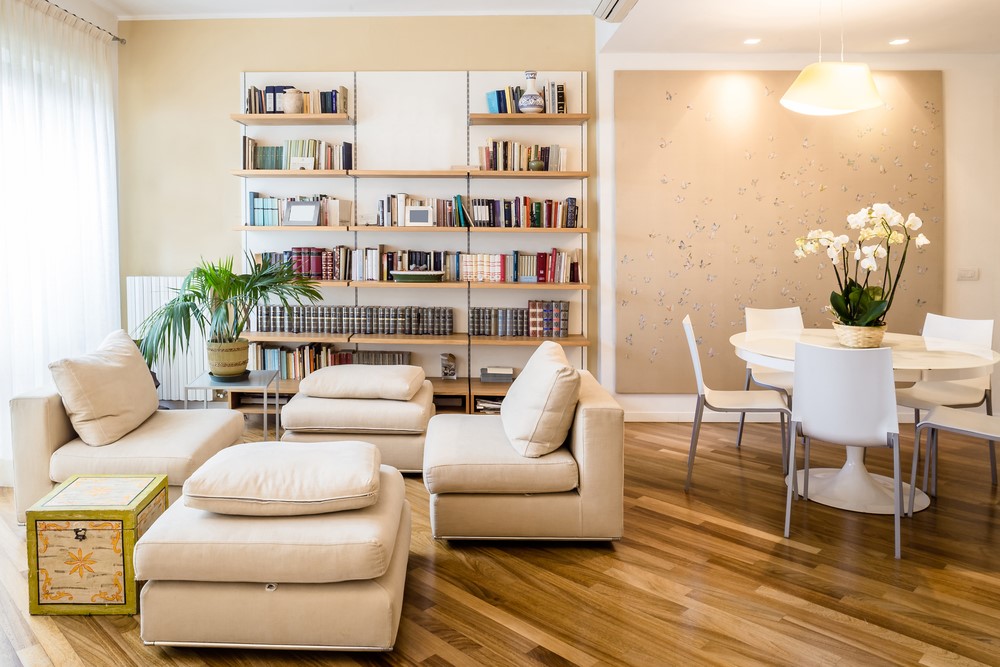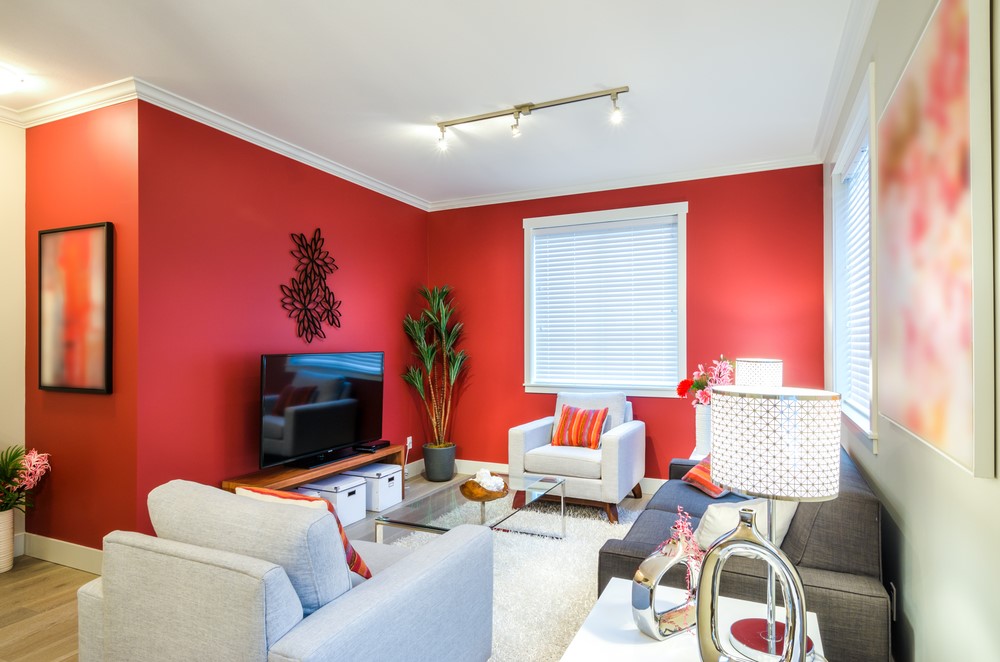Little things can make all the difference to creating a sense of harmony in your home – or one of instability and disunity.
Life can be hard and intense. There are times when personal or professional concerns can seem both all-consuming and never-ending. As such, it can be difficult not to bring that stress into your family environment. We all know how important it is to leave the emotional baggage of your day at the door in order to build an environment of peace and harmony in your home. But often that’s easier said than done.
Studies have shown that one’s physical environment can be pivotal in determining one’s mood. While conditions such as Seasonal Affective Disorder (SAD) have been well documented, psychologists have more recently started to investigate the effects of household clutter and general disorganization on mental health. Predictably, the results spell bad news for hoarders and the slovenly: a poorly organized home can stress you out, damage both your health and your relationships and even harm your career prospects. (If you’re interested in reading more, MakeSpace have put together a very well-researched post with all the potential detriments of a disorganized home).
What’s clear from most research is that your home should be a place to relax. Somewhere you can put your feet up and calm down.
Clutter and jarring design choices can disrupt that harmony in your home. With that in mind, we’ve put together 5 tips to help restore order, beauty and harmony through design.
1. Fix, hide, or get rid of anything broken or worn out
Sounds obvious, right? But this is way harder to do than you might think. Anything that is noticeably, broken, or torn should be either hidden away, fixed or removed.
This includes anything from torn mosquito nets and chipped furniture to damage to upholstery, small cracks on a window, and stains on a table or a door.
Cracks on vases or sculptures might seem minor but, on an unconscious level, they can reflect a lack of care for your home. Disrepair in one’s home can set the standard for a lack of maintenance towards one’s relationships – and that is something every family should actively seek to avoid.
By contrast, showing diligence, dedication, respect and focus towards one’s belongings can act as an important reference point for every member of your family for how to treat one another.
2. Keep the lines of your home clean & clear
Check out this room:

At first glance, it doesn’t look like there’s anything terribly wrong with it. But then look at the sofas to the left. Why are they all clustered together there? Where’s the space?
There’s barely any room to sit down. And, once you are sitting down, your legs are most likely going to hit someone else’s.
Almost every room will look better with less furniture and a more open feel. That same openness can transmit to the outlook of a house’s inhabitants. Where a closed space can encourage a closed-minded way of thinking, an open space can have the opposite effect.
Freedom of thought is imperative for a relaxed, comfortable environment in your home, so be sure to create space to promote it!
3. Find peace in simplicity
Less is more. A well-designed room should project the sense of focus and precision. To that end: think carefully about the location of every object in every room.
Remember: your home isn’t an antique shop or a flea market stand that displays random objects all over the place! Disorganization in one’s home can lead to a disorganized thought process. The most obvious pitfalls are in areas such as short-term memory (it’s hard to remember where the important things are when you surround yourself with random objects) and concentration (because clutter is inherently distracting – especially when it requires arranging, cleaning etc).
If you really like to show off your small items (let’s draw the line at around 6”) then just show them off in a cabinet. A glass vitrine or a shelf dedicated to them can give a greater sense of balance and harmony in your home.
4. Avoid colors associated with stress, aggression or negativity

There are extensive scientific studies that explore the relationship of colors to one’s mood. The room above has a dominant red theme that is usually associated with high energy and aggression.
Is that the atmosphere you want in your living room?
The best choice for creating harmony in your home is always to keep your walls as neutral as possible. If you want to highlight one part of a room with an accent wall, just use a darker neutral color. There are 50 shades of gray (most often associated with timelessness, simplicity and practicality) and many, many, shades of white (peacefulness), and blue (calmness).
Green tends to be a good choice for art rooms or home studios because it tends to evoke creativity – something I touch upon in another post here.
Any of those will help to soothe you and your family during difficult times. Plus, they look great with many different colors of furniture.
5. Free your furniture; free your mind!
This is an extremely common mistake. You see it in living and dining rooms all the time. Sofas or chairs are always pushed right up against the wall.
Not only is that detrimental to the design of your home, it also gives occupants a sense of rigidness and uptightness. Think of it this way: if you were standing in a living room, would you stand as if your back were glued to the wall?
Moving your living room sofa, or your beds, tables or chairs away from your wall (at least 5” is best, in my opinion) can give a sense of flexibility. That’s an essential quality if you want to engender a sense of harmony in your home: it shows respect for and a willingness to compromise with your partner.
Final thoughts
Having a sense of harmony in your home is such an important component of building a House of Love.
One’s home can be a place of solace and comfort, or it can be a place for all the mini-traumas of the day to be played out again and again.
Hopefully, these 5 easy tips can help you find that harmony in your home and, by doing so, you can set the groundwork for your very own House of Love. And, of course, like all the best suggestions, none of these require you to spend a single cent. Just rearrange some furniture, move some decorations, and get the old paint out of the garage. Remember: your home is intimately tied to you and your life. Make sure you take care of it, so that it can look after you.


